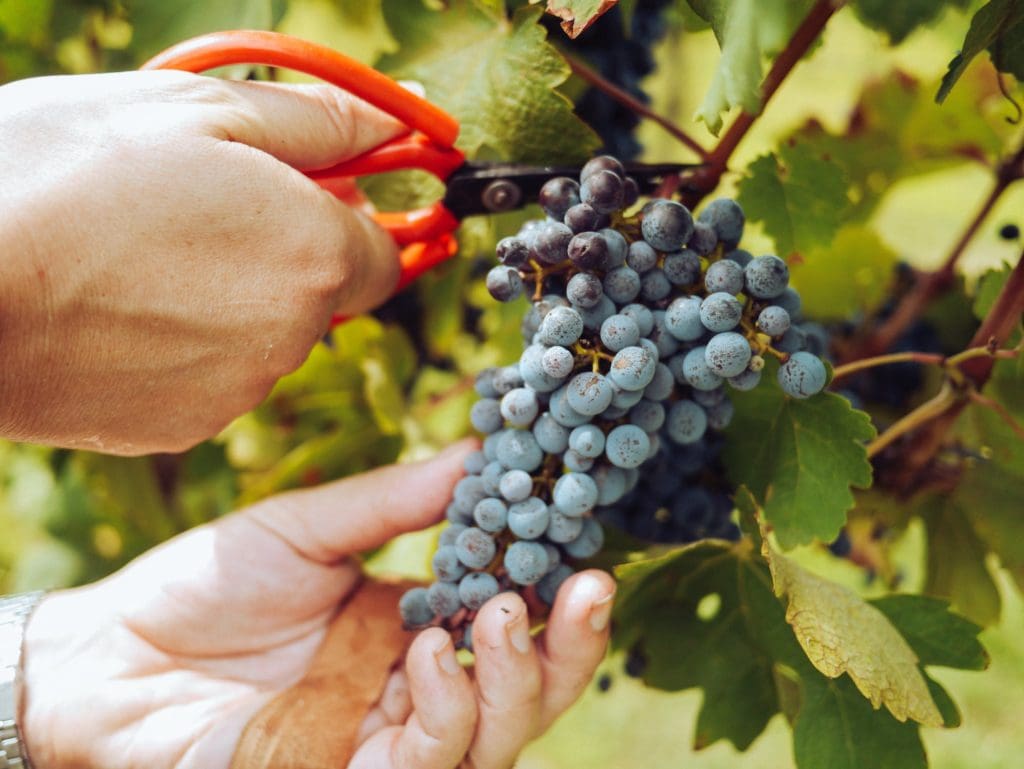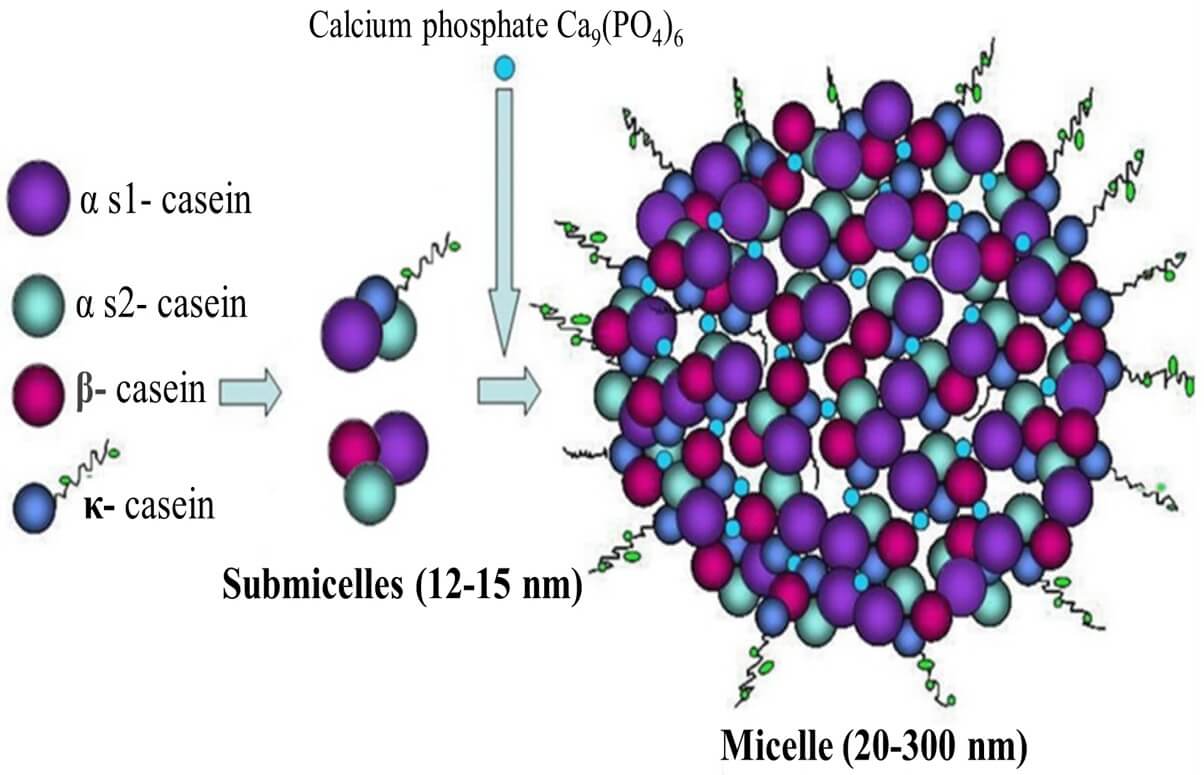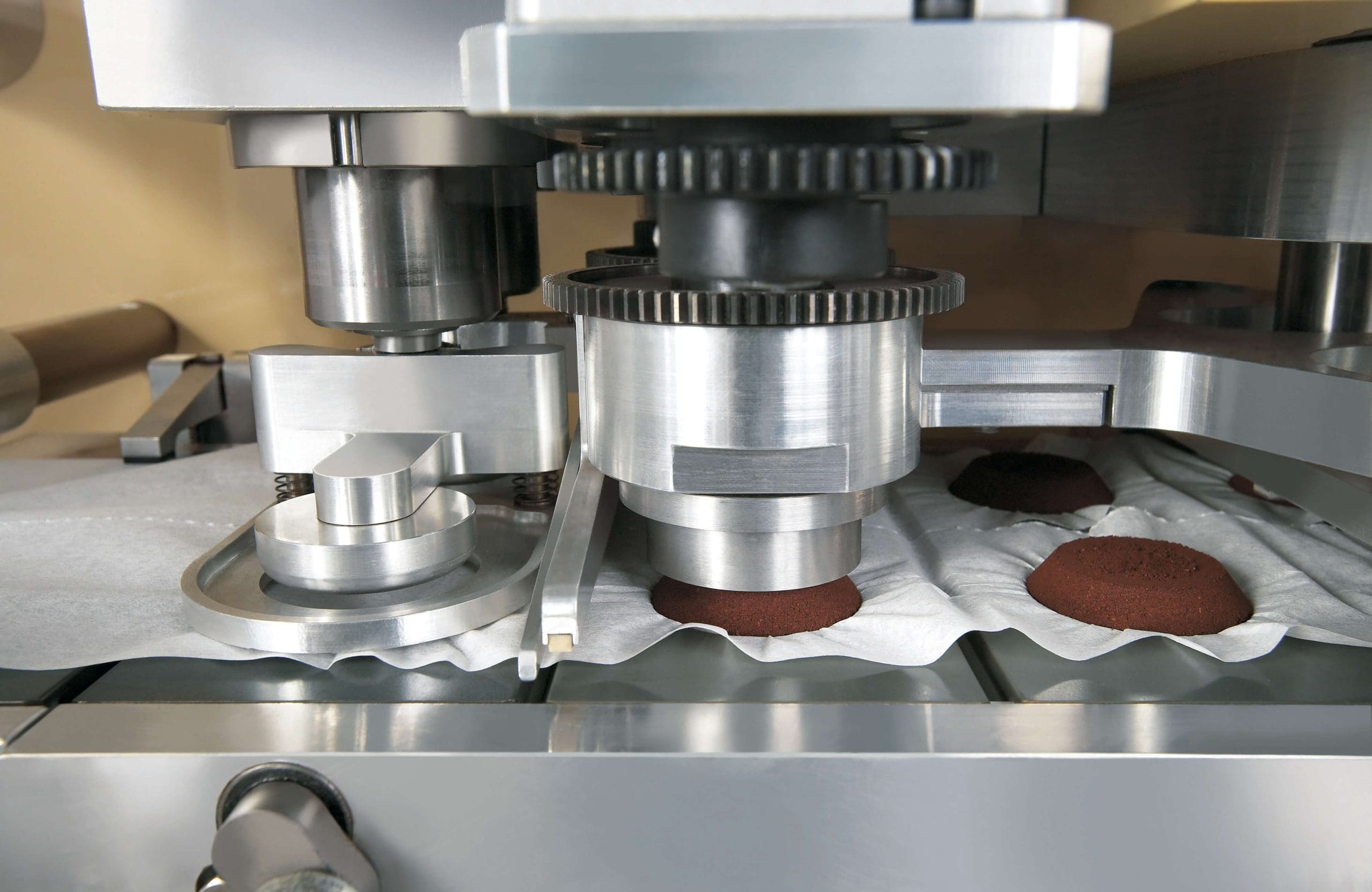
Despite the challenges of rising costs and climate change, the wine industry embraces innovation and adapts for a sustainable future.
In the enchanting world of wine, filled with intoxicating scents and flavors, increasingly complex challenges await producers. The wine industry is facing a dual threat: rising costs and climate change. These factors, combined, are putting significant strain on companies’ efforts to produce quality wines and maintain their economic sustainability.
On one hand, wine production costs are increasing due to various factors. Rising energy prices, packaging materials, agricultural equipment, and fuels are significantly impacting the budgets of wineries. In many cases, producers are forced to raise prices on their products to compensate for these additional costs, but this can jeopardize competitiveness in global markets and consumer loyalty.
On the other hand, climate change poses a direct threat to the wine industry. Alterations in climate patterns affect grape ripening, water availability, and the onset of plant diseases. Temperature variations and extreme weather events can cause damage to vineyards and winemaking structures, compromising the quality and quantity of the harvest. Traditional wine regions are experiencing reduced grape yields, while some emerging new regions are seeking to adapt to the new climatic conditions.


To tackle these challenges, wine producers are adopting various strategies. Firstly, they are investing in advanced technologies to improve production efficiency and reduce energy costs. The use of drip irrigation systems, implementation of sustainable farming practices, and adoption of renewable energy are just some of the solutions that companies are employing to mitigate the financial impact of rising costs.
Additionally, wine producers are seeking to adapt to climate change through the diversification of grape varieties cultivated. Many vineyard owners are experimenting with new heat- and drought-resistant varieties to ensure continuous production despite changing environmental conditions. At the same time, some companies are striving to reduce their carbon footprint through sustainable emissions management and the adoption of eco-friendly farming practices.




